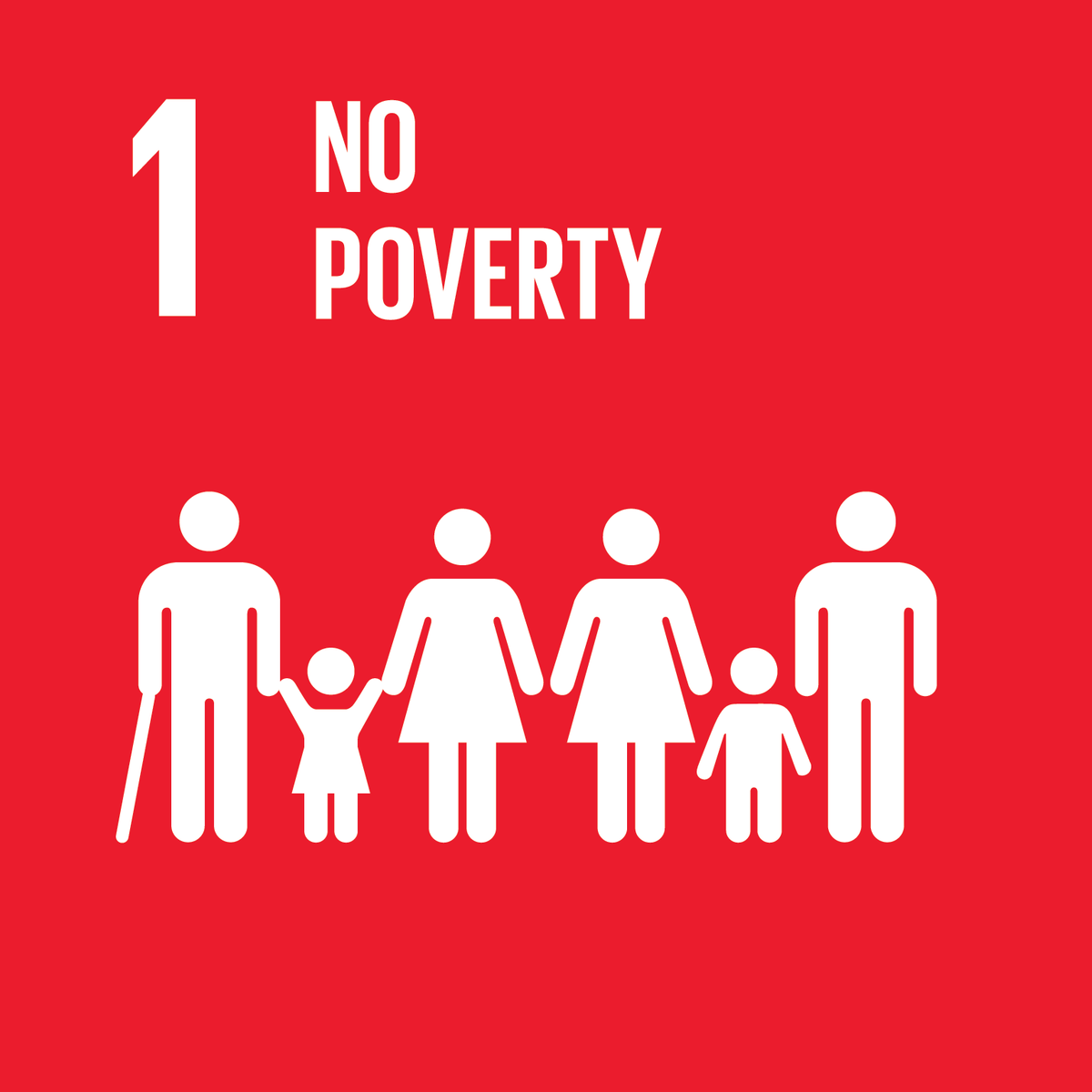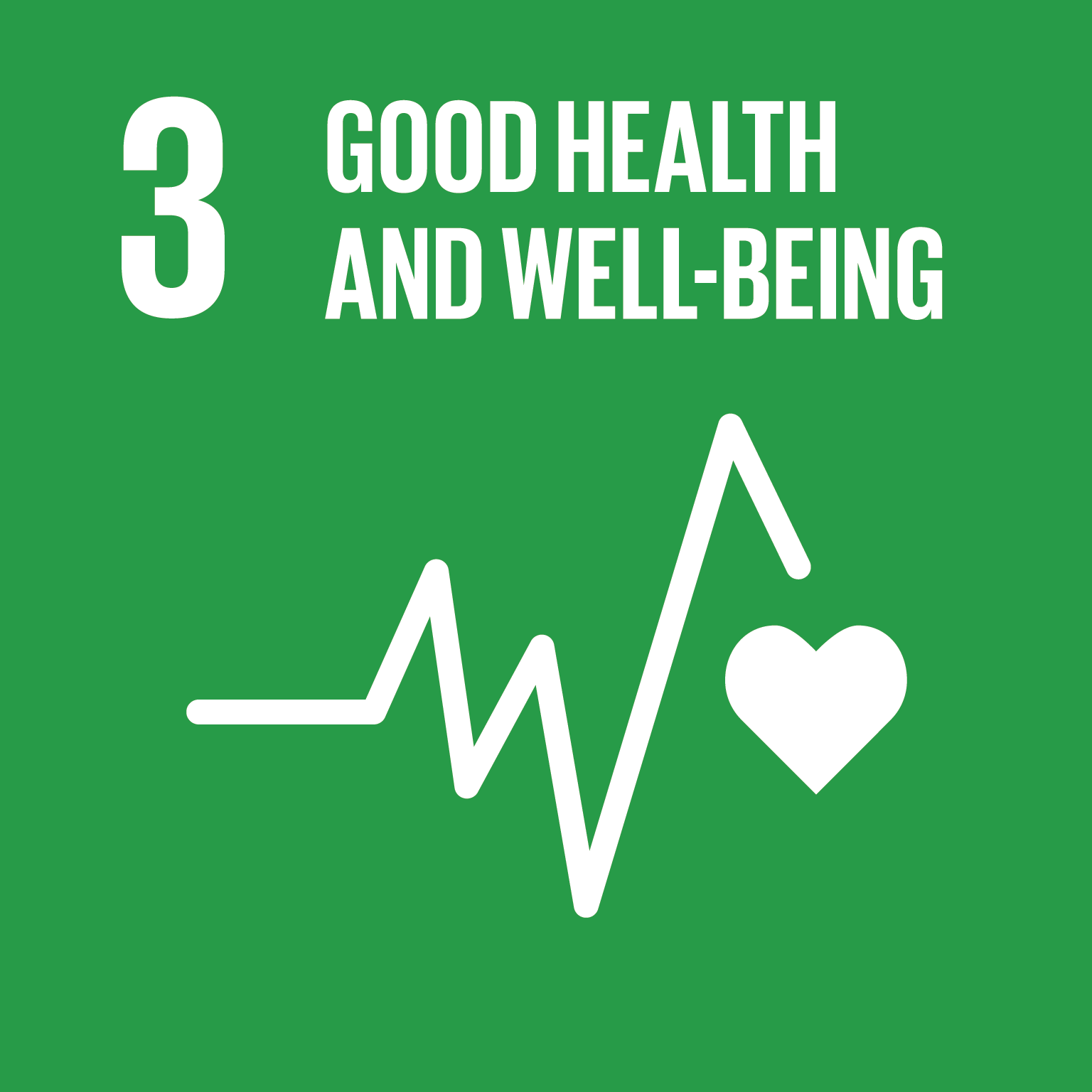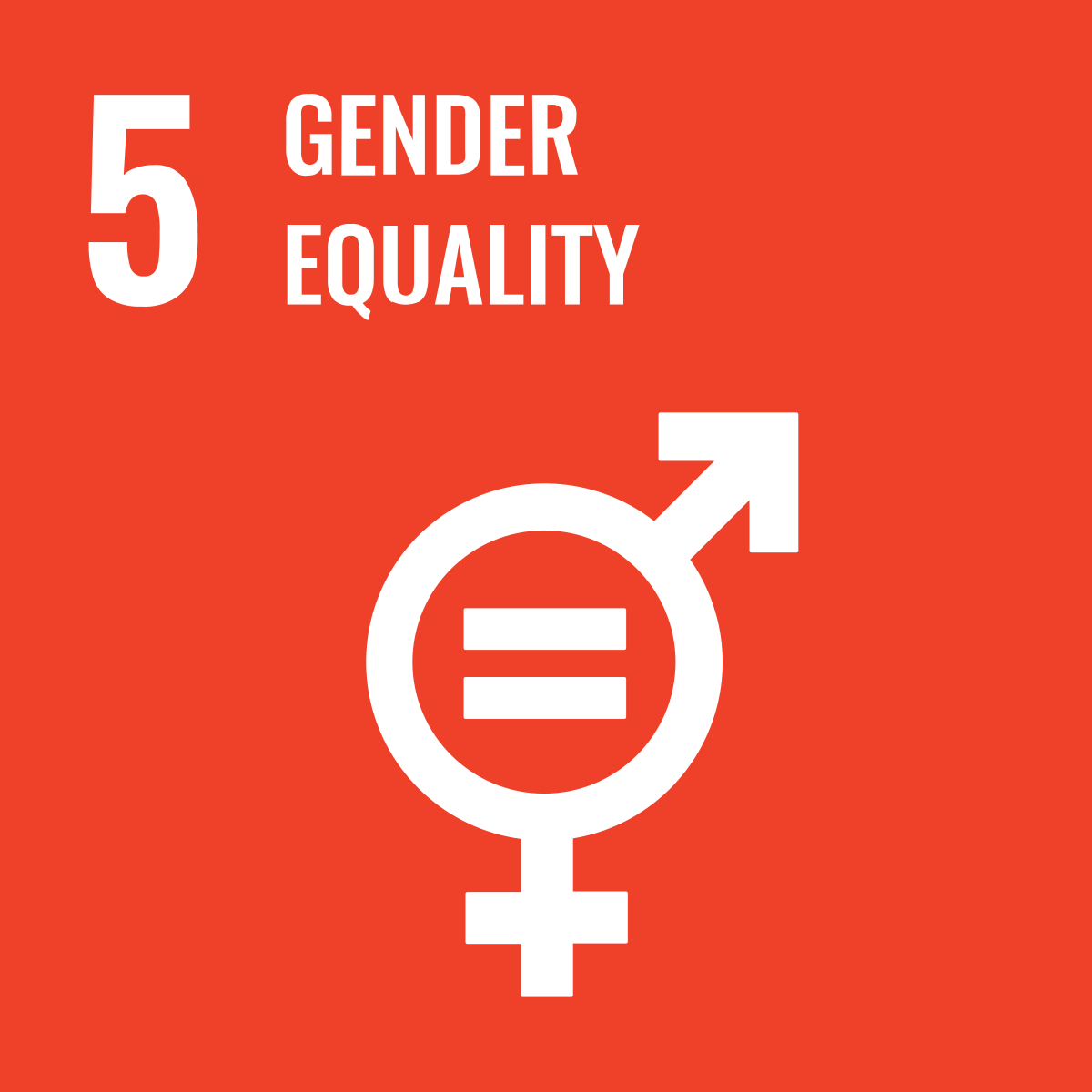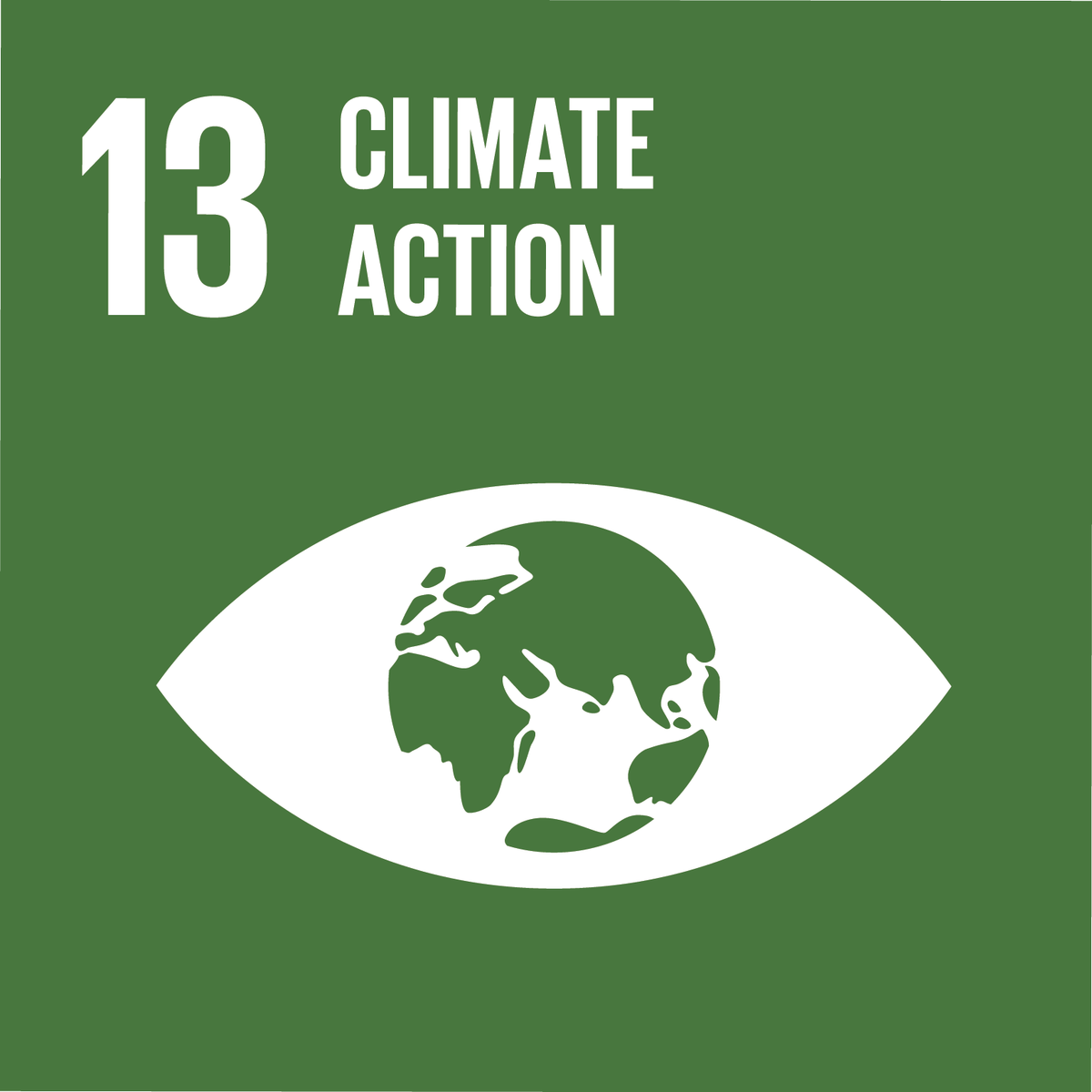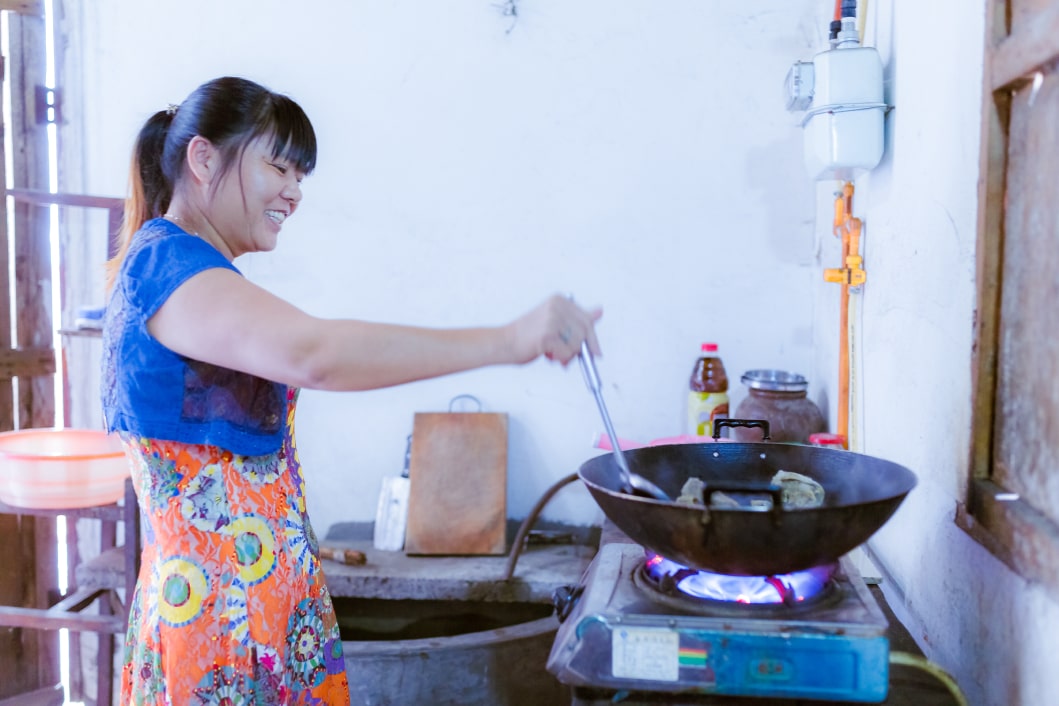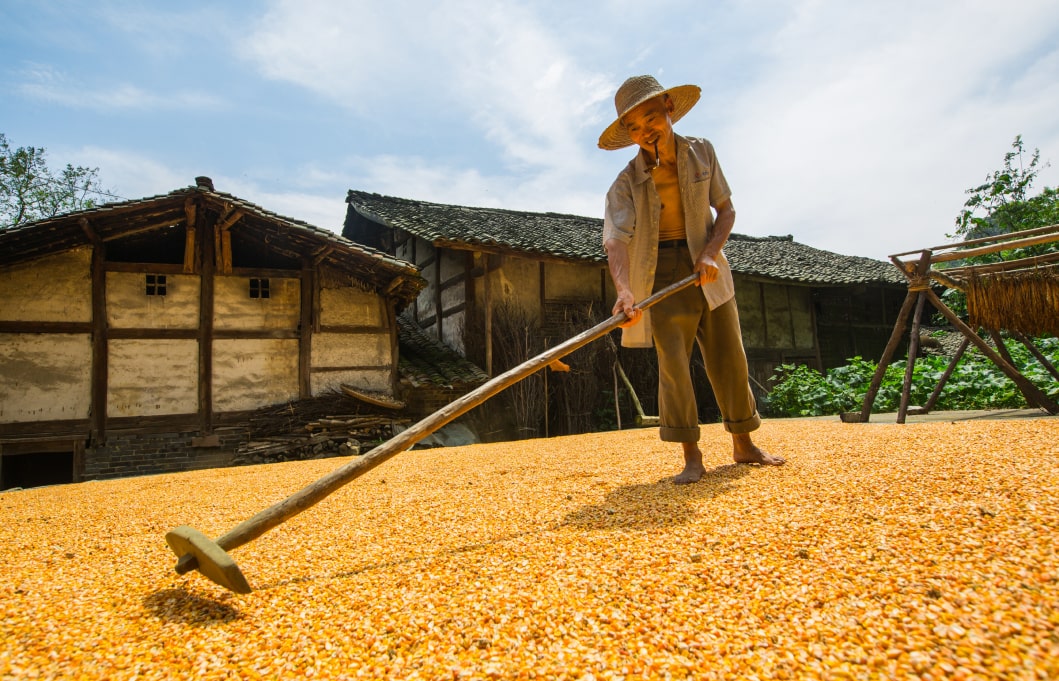Carbon Credits from Household and Community Devices Projects
A deep-dive into Household and Community Devices projects
What are Household and Community Devices projects?
Household and community device projects center around benefiting local communities, using their knowledge, and involving them in decision-making processes. These projects have benefits that go beyond just avoiding carbon emissions.
They are looking at the impact on nature, community, and people; there is always an extra impact. Project benefits can include gender equality, health benefits, income generation, knowledge building, and environmental preservation.
These projects are referred to as carbon avoidance projects, preventing carbon emissions that would have been released into the atmosphere.
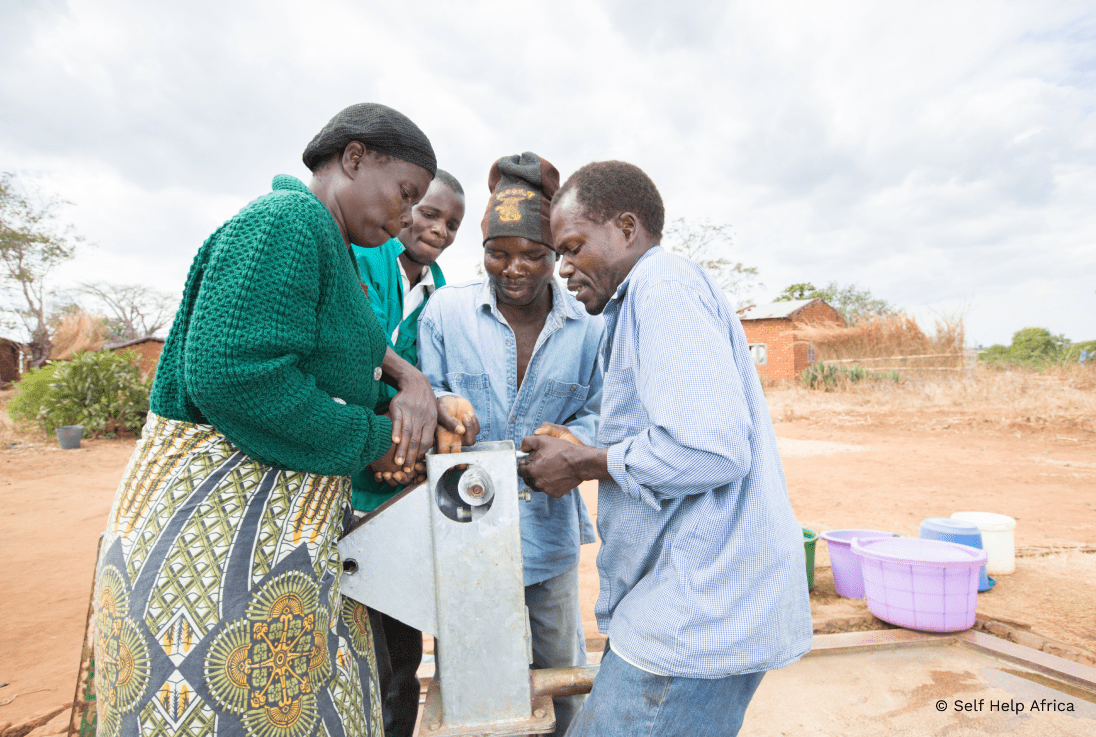
Household and Community Devices projects
Cookstoves
Traditional cookstoves typically burn wood or coal on an open flame, producing large amounts of smoke and pollutants in the household and air. By switching to clean or improved cookstoves, in addition to CO2 emission avoidance, these projects provide a wide range of community benefits. Clean cookstoves can be more wood-efficient, therefore reducing deforestation and improving the indoor air quality. When the need for wood is reduced, families can save money and use these resources somewhere else. Other benefits include better energy access, time saved in cooking and wood collection, and empowering women who are often the ones responsible for said wood collection and cooking.

Safe Drinking Water
Safe water projects can fund borehole rehabilitation and water filters. CO2 emissions are avoided due to the reduced need to burn firewood to boil water for purification, which causes respiratory health risks. These projects not only help protect the local forests as a result, but help to improve the livelihoods of women and children who often remain the ones responsible for water collection. By improving water security and ensuring clean water, these projects help prevent diseases related to contaminated water and enable easy clean water access for field cultivation and livestock feeding. Local communities are given training and employment opportunities to maintain and repair the boreholes, providing families with a new source of income with their time saved.
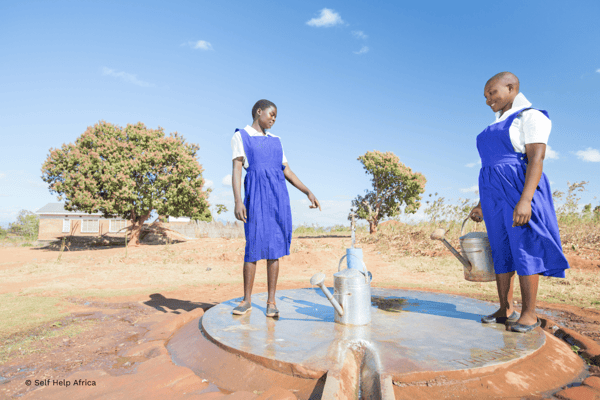
Biogas
Biogas comes from energy-rich biomass, a renewable organic material that can come from plants and animals. Sources of biogas energy include agricultural crop residue, animal waste and landfills.
Biogas projects can be both at the household level by providing a cleaner way to provide heat for cooking, or at the community level by producing electricity. Most biogas projects are linked with livestock farms and therefore use manure and agricultural wastes that would be emitting methane in the absence of these projects. In addition, biogas digesters generate bioslurry, which can be used as an organic fertilizer.
These projects improve economic opportunities for local communities, support gender equality, and improve air quality.
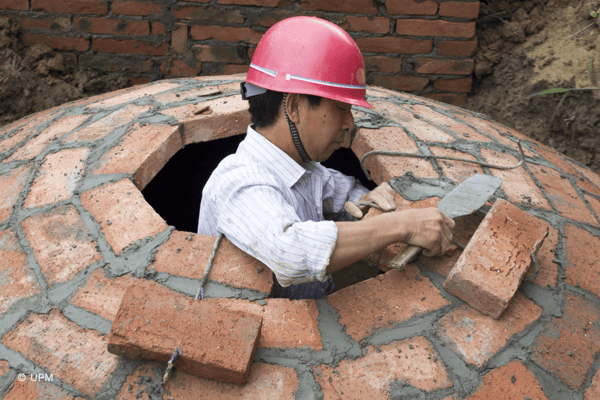
A project example: Biogas Development in China
Subcategory: Biogas
The project aims to support up to one million low-income rural households in Sichuan China with advanced biogas digesters and smoke-free biogas cookstoves, which are installed and maintained by local technicians. The small-size biogas digesters tanks are fed with animal manure, previously just discharged into open pits, and converted into clean and affordable biogas to be used conveniently for cooking, heating, or lighting instead of coal and firewood.
After switching to biogas, each participating smallholder farmer family saves about 2 tCO2e of methane and carbon dioxide emissions every year. This projects substantially improves the lives of nearly 400,000 rural households and avoids approximately 800,000 tCO2e per year.
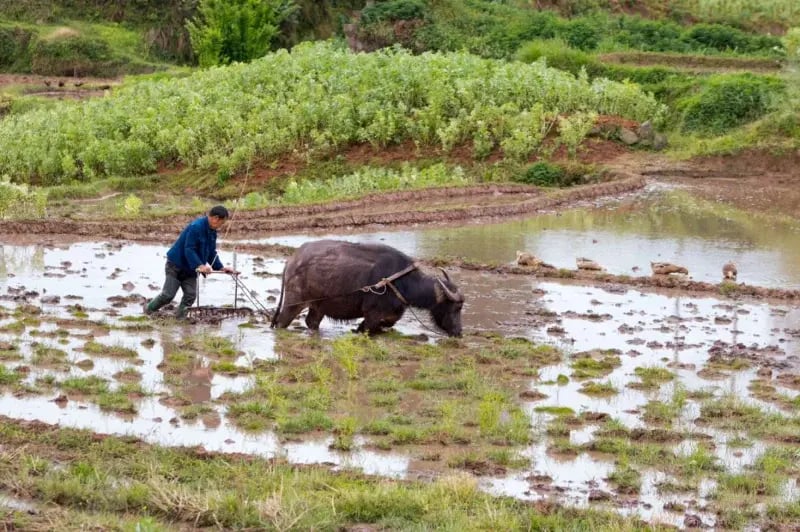
Clean energy
generation
395,345
low-income rural households supported
700,000 tCO₂e
avoided per year
Positive
health impacts
Where can you find Climate Contribution projects?
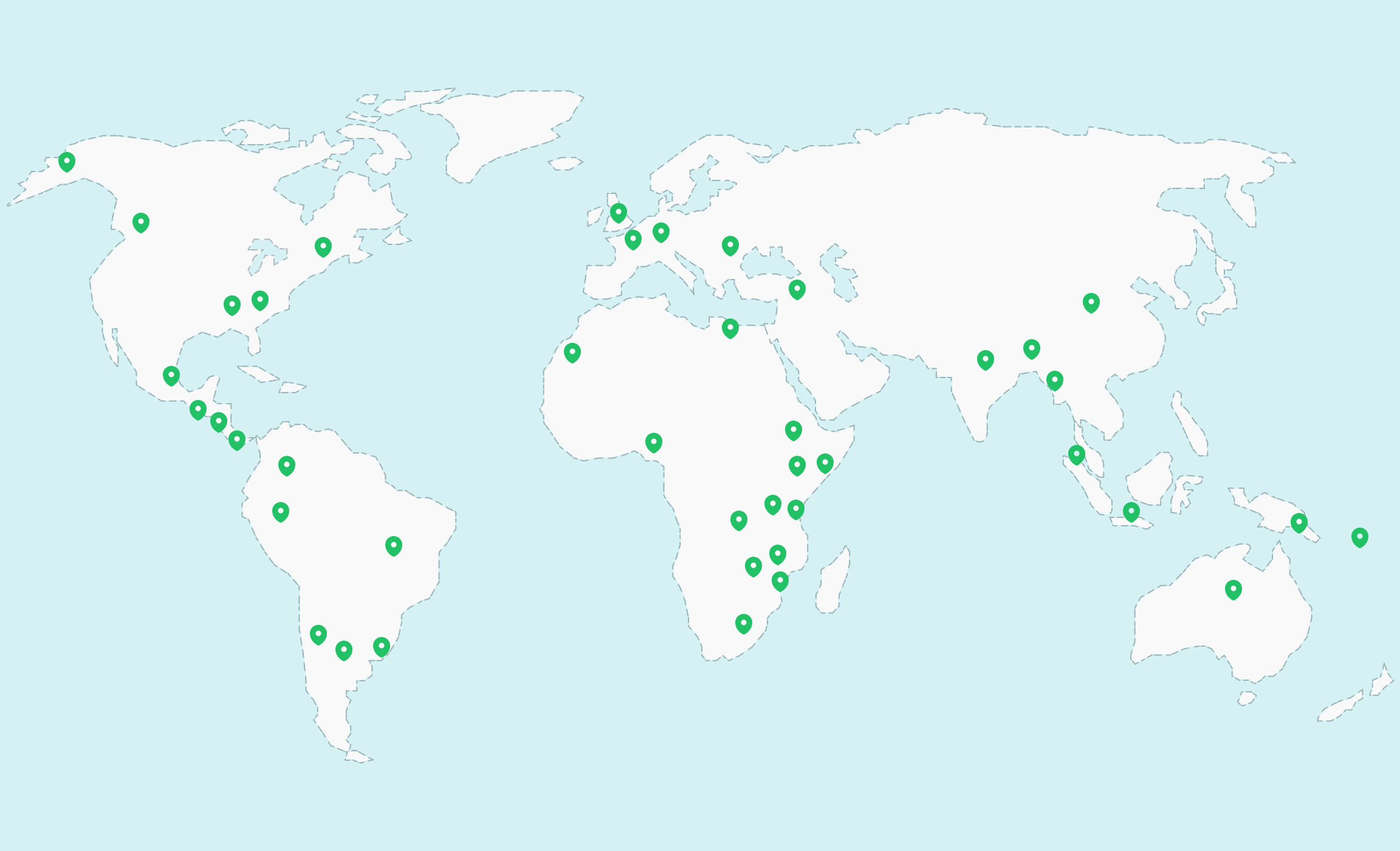
Our other projects

Blue Carbon
Avoidance
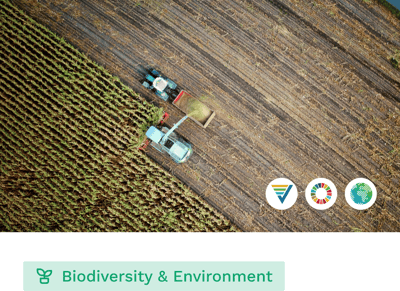
Agriculture
Avoidance
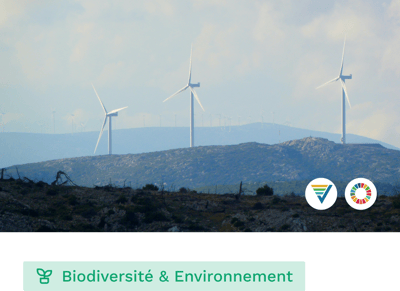
Renewable Energy
Avoidance
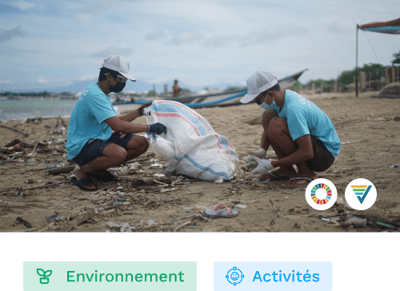
Waste Management
Avoidance & Removal
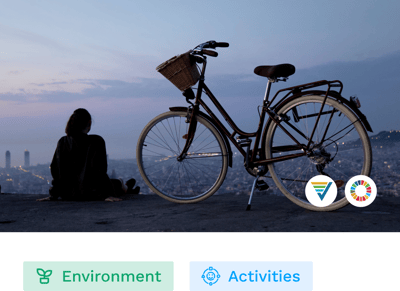
Transportation
Removal
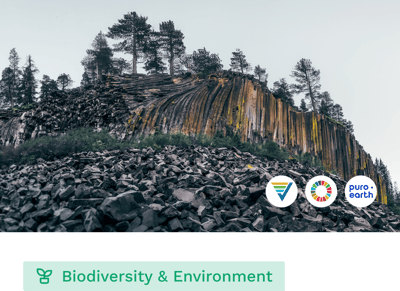
Tech-based and Hybrid
Removal
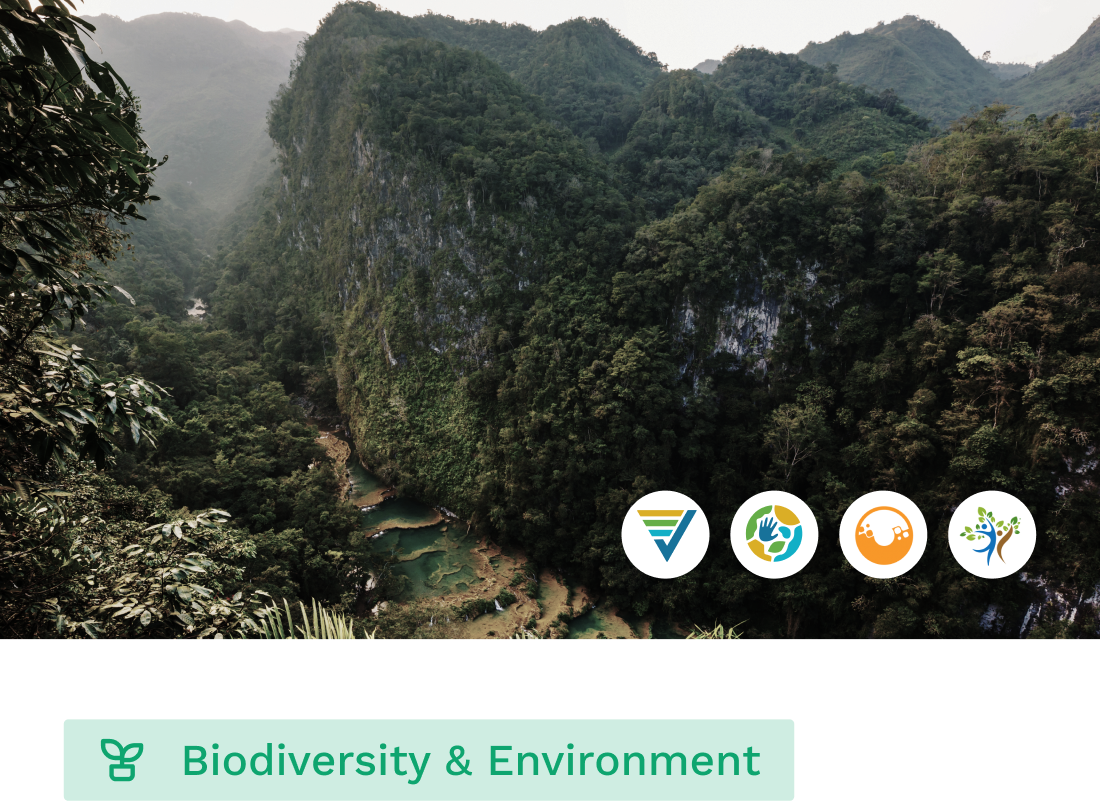
Forestry and Land Use
Removal & Avoidance

